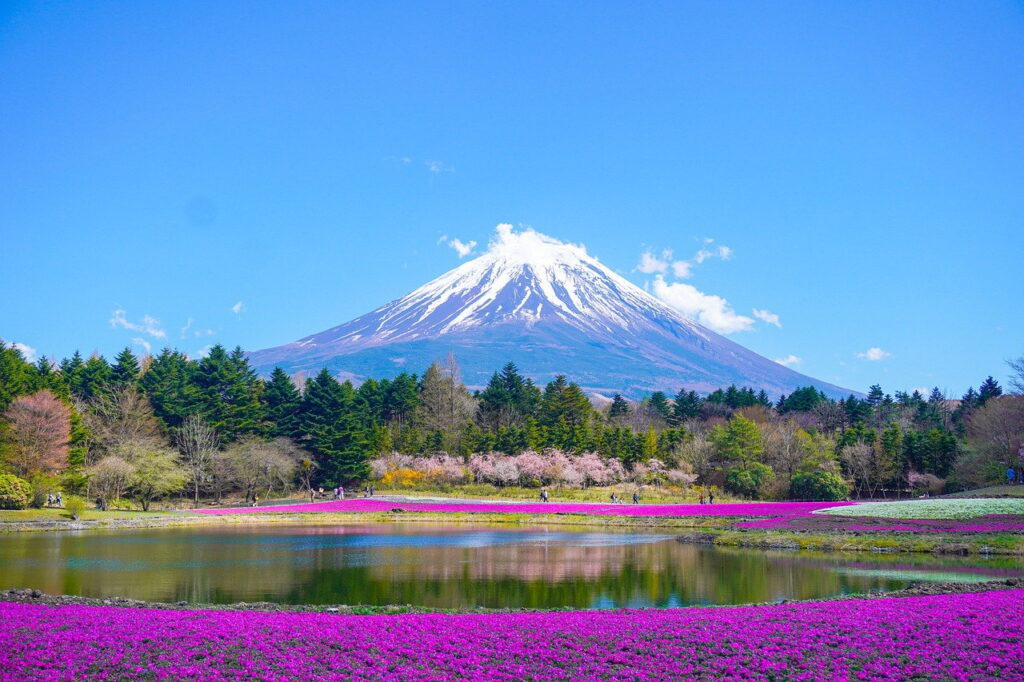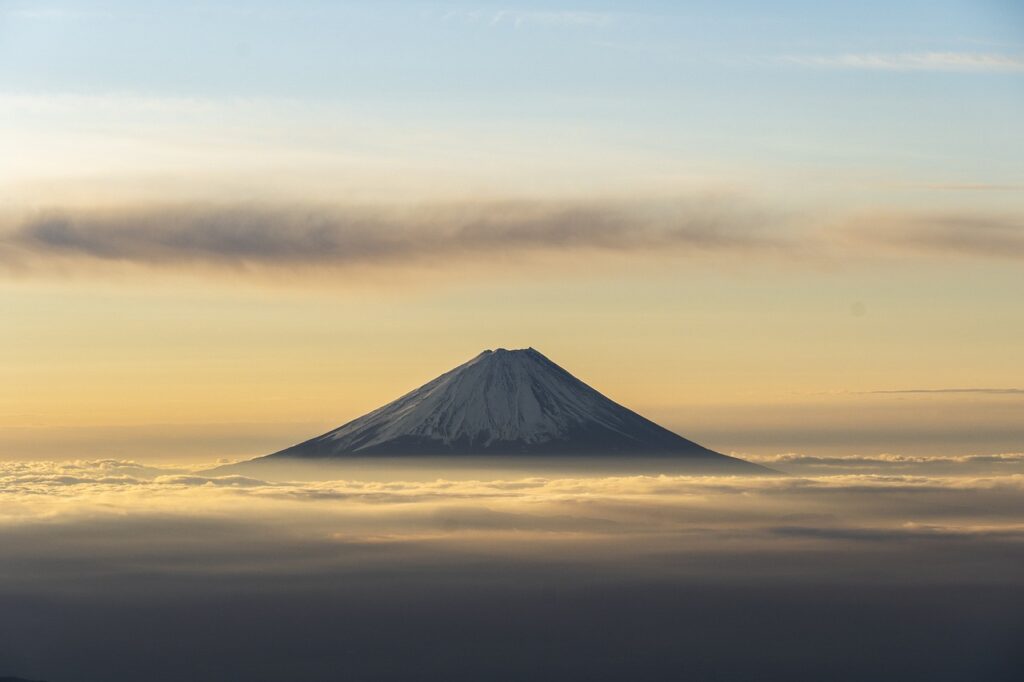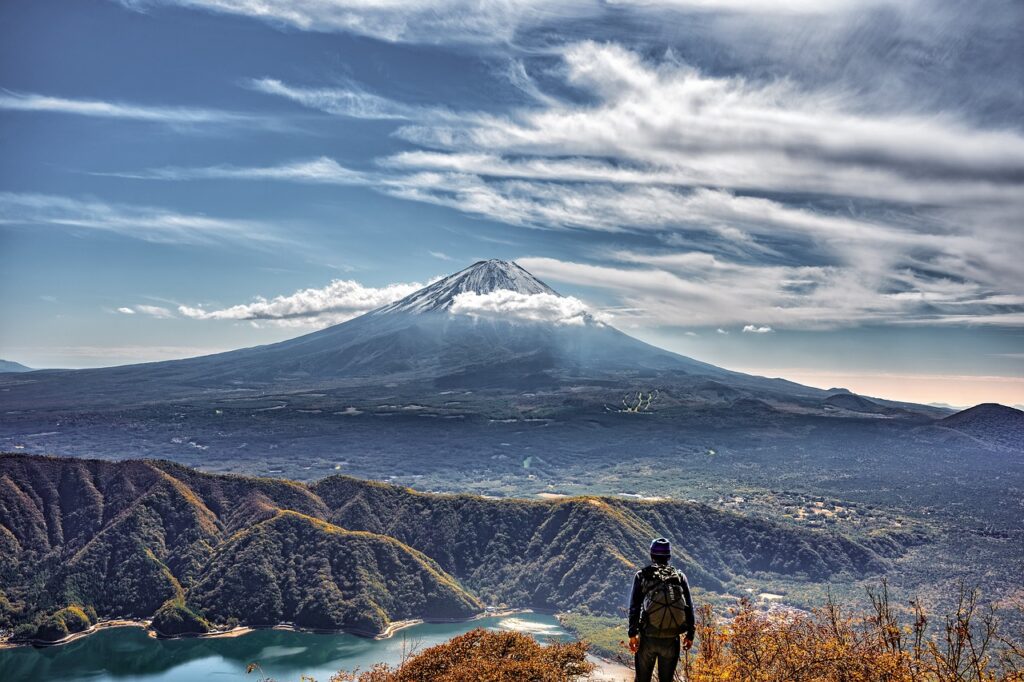Mount fuji ice cave near sucide forest narusawa mura: The Narusawa Ice Cave at the foot of Mount Fuji of Aokigahara forest
Mount fuji ice cave near sucide forest narusawa mura. One of the most outstanding natural landmarks that can be observed on the territory of Japan is a beautiful Mount Fuji. Stretched out around the magnificent peak are forest, lakes, and hardened lava expanses that define Japan’s cultural and physical geography. However, the picture of the snowy topped mountain cannot conceal a series of other impressive features lying at the foot of the peak such as several caves created by volcanic activity. One of such caves is the Narusawa Ice Cave (Narusawa Hyōketsu) which is located near Narusawa Village at the base of Mount Fuji several meters from the recognized Suicide Forest. Because of this, beauty, history and darkness have always drawn and at the same time, provided a significant interest to the several visitors of the area.
The Narusawa Ice Cave
Narusawa Ice Cave is one of the best-known and frequently visited lava tubes in Fuji Five Lakes area that embraces several lakes which are in the vicinity of Mount Fuji. The existence of the cave could be dated to about 1200 years back when Mount Fuji erupted to produce a series of lava tubes within the region. Lava tubes are conduits that have been created when lava from volcanic activity has been flowing, has cooled and hardened outside while the molten lava still flows beneath. structures ranging from clusters of tubes to large conduits, and when the eruption has ceased the voids formed by these tubes become caves. Some of these caves have turned to the tourist destinations with Narusawa Ice Cave among them.
The name Ice Cave was given to this cave because it is unique from other caves found in this area in that it is filled with ice throughout the entire year. The velocity inside the cave area stays fairly stabilized, and the temperature is quite low; therefore, the ice does not melt even in the hottest months of the year. These ice formations are as old as the century and maybe used for the impressive view of the caves by the visitors. The ice is best for its thickness and transparency and the cool temperatures inside the cave can quite refreshing with temperature up on the outside.

The cave is not of a very large extent with the length of approximately 300 meters. It is reached by a flight of steps which open into the cave, there is even a neatly railed path for the visitor. Inside, the air is chilly, the floor contains natural stone and ice. Groups of people are allowed to watch how various formations of ice built up the cave walls and floor and even some icicles seem like they are still being formed but are static. The atmosphere inside is quite unearthly – even the temperature, the fact that people ski in silence with icy surfaces under their skis, the general feeling that one needs to go there to think and brood.
Narusawa Ice Cave is one of the series of caves in the area and its mysterious feel is boosted by its location near Mount Fuji and Aokigahara Forest. The others are the Wind Cave which was also formed by the eruption and the Bat Cave. Other examples are the Narusawa Ice Cave, and all such structures are considered as traces of the history of geological activity of Mount Fuji.
Mount Fuji and Its Volcanic Successor
Mount Fuji, a 3,776 meters tall stratovolcano, is Japan’s highest mountain and has been affecting landscape of the area for ages. Its last significant eruption was in 1707 of the Edo period, so the lava tubes in the surrounding areas are comparatively young. They were produced as the product of the Hōei Eruption of the Mt Kilauea where lava flowed around the base of the mountain and where the effusions were deposited where they anchored eventually to become caves and tubes.
The Fuji Five Lakes area comprises Kawaguchi, Yamanaka, Saiko, Shoji, and Motosu and surrounds the northern part of the mountain on the lava field base. Anyway, the Narusawa Ice Cave is located at the proximity of one of five lakes, near the Saiko, and it is the part of larger area that was formed by the volcanic activity of Mount Fuji. These lakes, combined with these caves, are other source of attraction for tourists, owe to their natural and historical appeal. For centuries people have visited these palaces not only to contemplate the breathtaking views of the mountains, but also considering themselves to be part of a sacred ascension.
It boasts of fabulous geological, biological, and archaeological features due to its location in a resource endowed region. The Narusawa Ice Cave and other caves are a concrete experience of the historical volcanic activity of Mount Fuji; looking at the untouched extraordinary force of the nature one can ponder over various aspects of the formation and history of the area. This ice formed within the cave is a unique feature in the global network of lava tubes, mainly due to the particular climatic conditions facilitated by the location of the latter.

The fact that it is close to Aokigahara Forest
Interestingly, what makes the Narusawa Ice Cave so mysterious and creepy still is its location – close to a densely overgrown and extremely vast Aokigahara Forest which is situated to the north from the cave. The forest is also famous for suicides that take place in the area, hence, people call it ‘the Suicides’ Forest. That is why many people recognize the forest as a beautiful but sad place – it is dark and quiet, and the trees form an almost impenetrable ceiling. The forest occupies a unique place in the cultural landscape of Japan and is considered a place of supernatural phenomena – the spirits of the dead wander there.
These are some of the reasons that make Aokigahara a dangerous place, that is it is densely wooded and has very little evidentpath or signs of human activity. Most visitors to the forest do so for purposes of seclusion, meditation or to avoid the heave bustle of the outer world. However, the forest has a notorious history as a reservation where people have committed suicides, which has deformed the view on the forest as an incorporation of the natural environment.
That the Narusawa Ice Cave which was fluorishing with such natural and almost magical environment is closely associated with Aokigahara Forest which has such a sorrowful connotation. Cave is rich andbarren, with artwork made from the ice and with very fresh and soothing air temperature, compared to the scorching weather outside, elicits a sense ofisolation perfect for someone seeking refuge from the craziness. Whereas the Tadasetsugawa accompanying Muromachi temples and Hiroshige’s heroes, the Aokigahara seems to personify despair, and the silence of the forest is connected with a post-industrial Gothic social pathology. Tourists that come to the region are able to spend their time admiring the natural beauty of the places they are visiting, but they also will be thinking about the history which surrounds them.
The Symbolic Connection of Aokigahara and the Narusawa Underground Ice Cave
Aokigahara Forest and the Narusawa Ice Cave are both significant in their own right, but together, they create a poignant contrast that speaks to the dual nature of the human experience: bliss and grief, gain and loss; A lovely woman and black death. The forest has always been associated with cult and tragedy incidents. Some people think that the forest is cursed by some vengeful spirits, while the others think that if the spirits lose their way, they will wander in the forest for ever. The link between the forest and the caves beneath and nearby the Mount Fuji that is an iconic symbol in Japan with regard to religion brings and extra dimension of spirituality to the forest and the caves.
Mount fuji ice cave near sucide forest narusawa mura. On the other hand, the Narusawa Ice Cave is symbiotic natural wonder of the area and shares can be made that it symbolizes the strength and potential of nature. Cruise around the cave, large pieces of ice representing how even the volcanic fires still the nature is able to grow. The pleasant darkness sneaks into the visitors, the inner sanctum of the cave frees the spirit from noise and bustle, making you open to the miracles of nature and past centuries with your eyes.
However, extending past the forest of Aokigahara, the whole of this region is quite culturally rich. This is even true for Mount Fuji and the areas around it as many of them are sacred spaces. While Narusawa Ice Cave, туристической привлекательностью, of course, the magnificent and powerful essence of Aokigahara makes the place mystically significant for those who want to trace life and death, nature and people.

Conclusion
The Narusawa Ice Cave found in the Fuji Five Lakes region at the base of Mt Fuji and to the west of Aokigahara Forest is another natural phenomenon that may be enjoyed for their frigidity as well as the historical value. Cave shape and ice formations which reach all year round due to consistent cold temperatures of the cave gives a reveals striking features of the volcanic activity that shaped the surrounding areas. The cave is a part of the Fuji Five Lakes so it promotes itself as a place of interest for People visiting for the story and formation of Mount Fuji and also the tranquility nature offers.
Although Game of Death is located in the beautiful island of Okinawa, it is nearby Aokigahara Forest that the suicide forest is associated with horror movies and deadly legends. And the difference between the elegant and still crystal Ice Cave and the creepy and sadistic Suicide Forest make this place is rather provoking and interesting. Although the world has many marvels in nature to have a look at it, Mount Fuji has the fascinating history of its relation with life and death and mysterious world is more like a blessing to have a look at.
